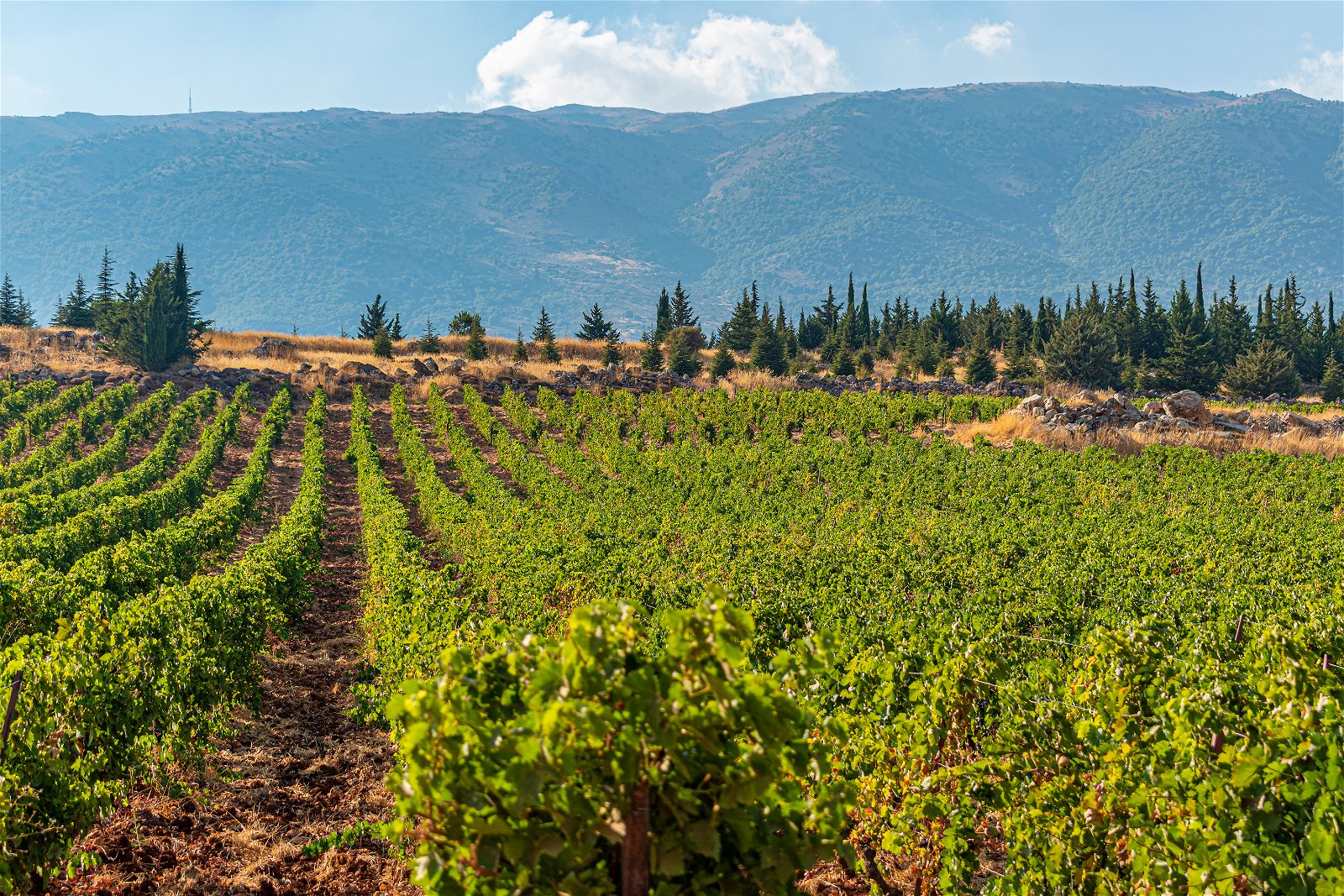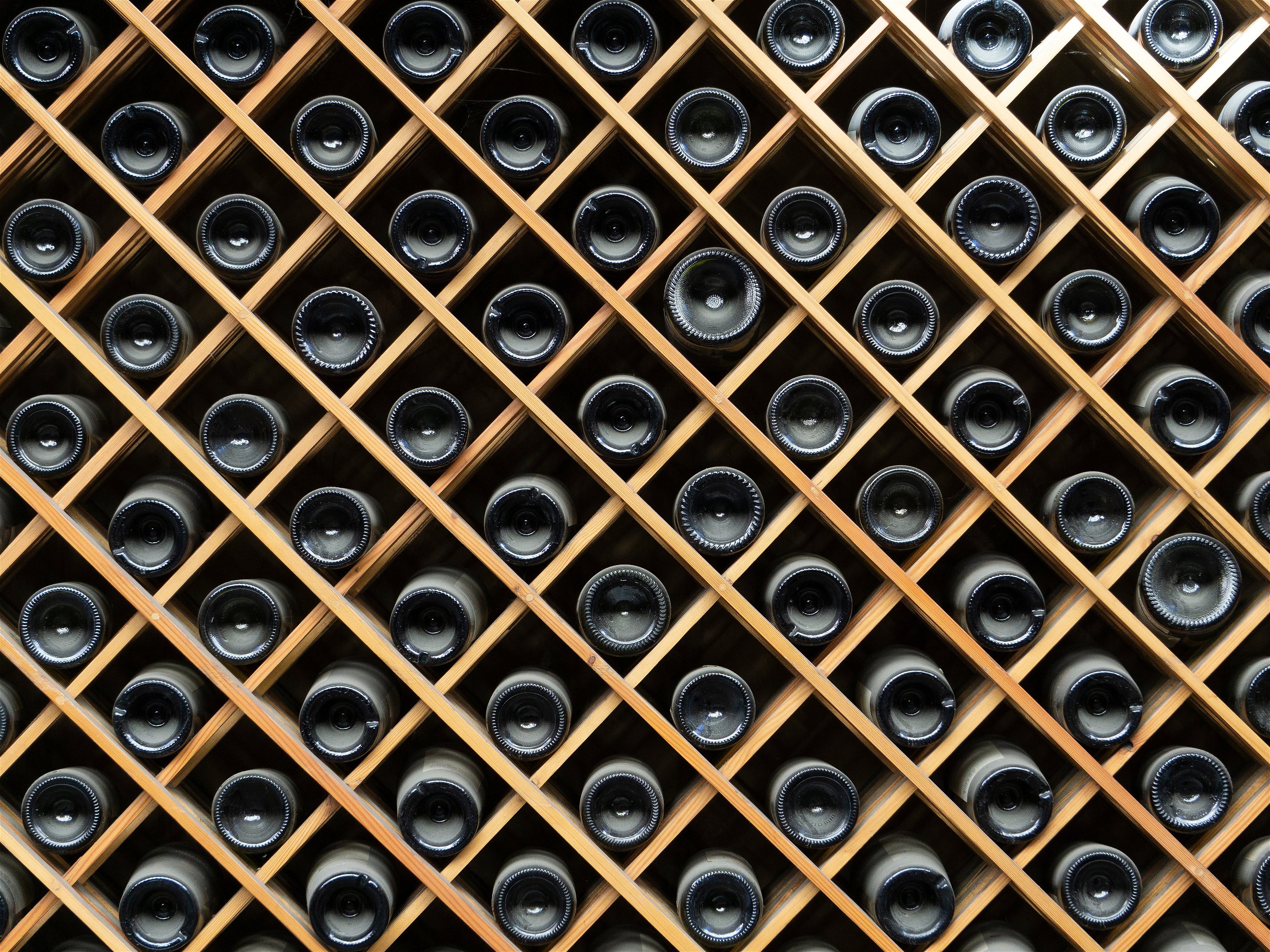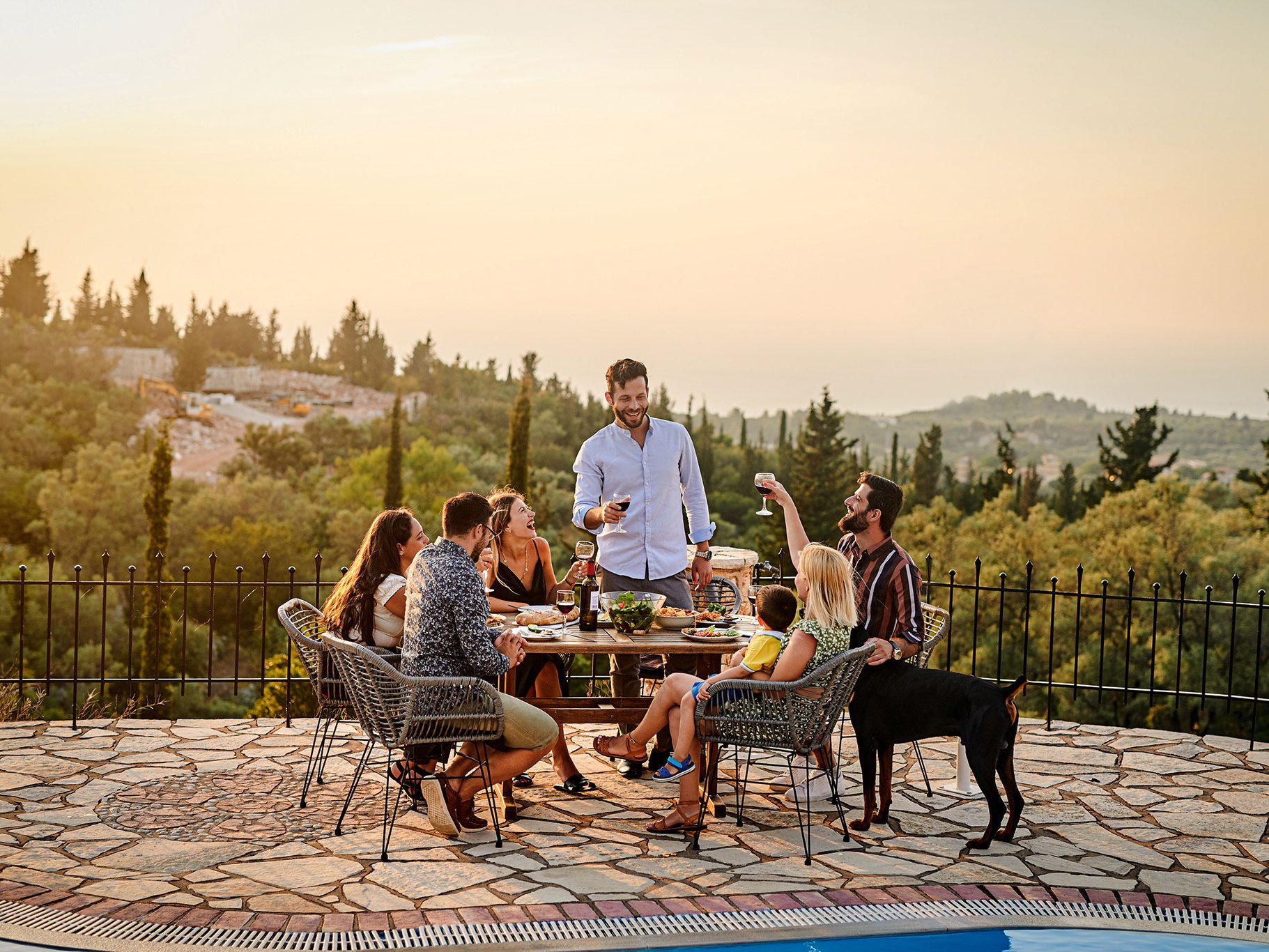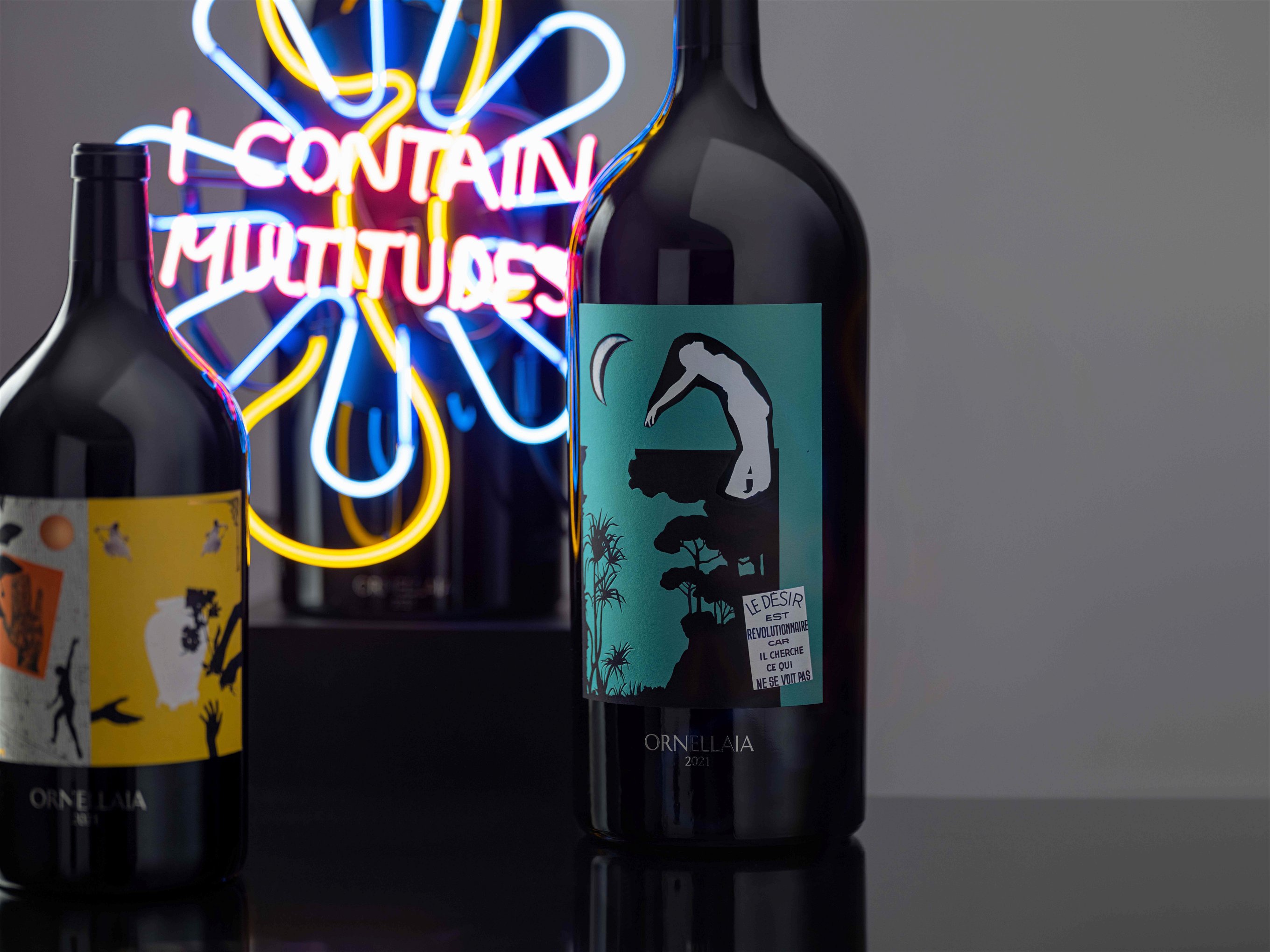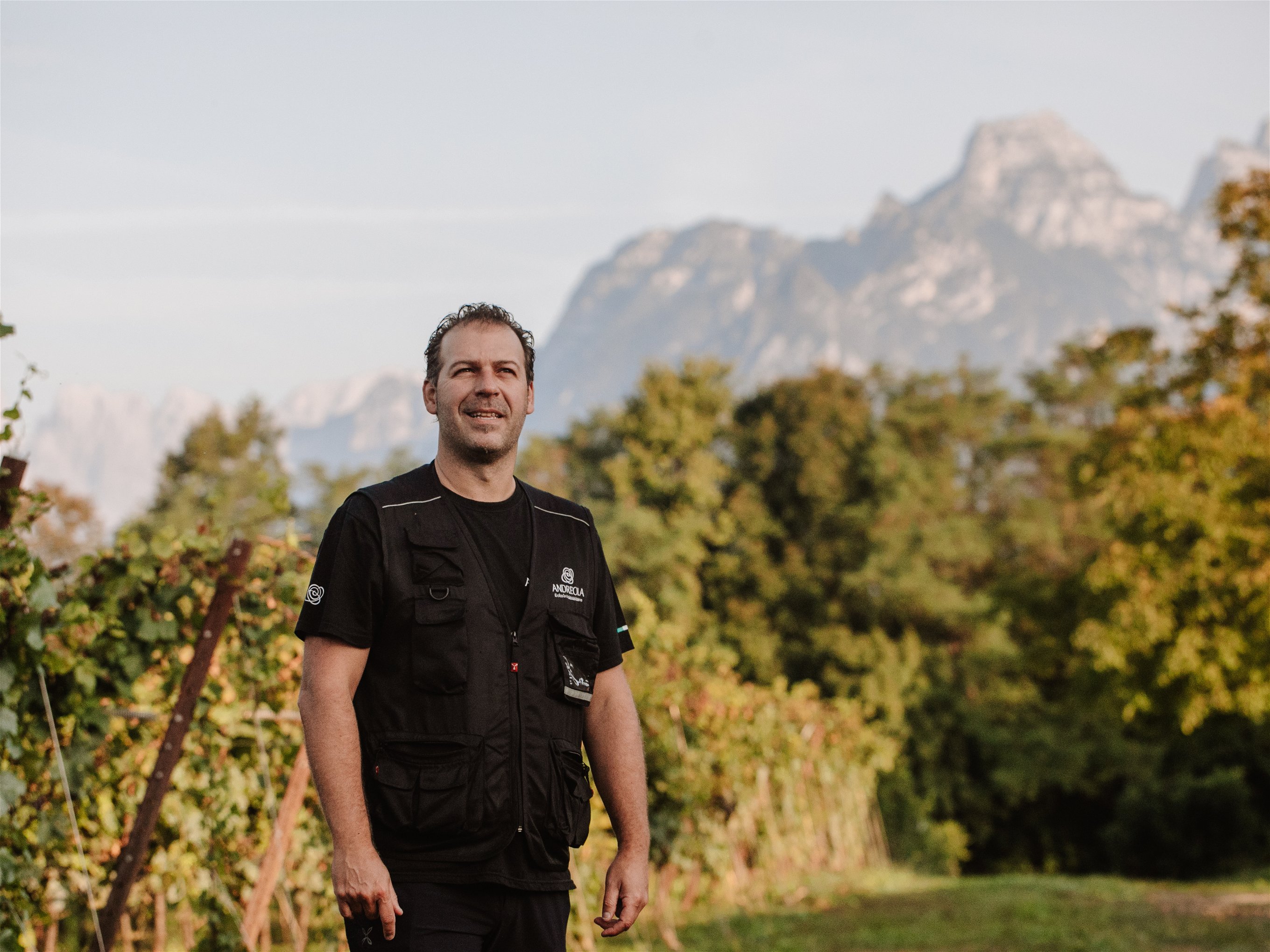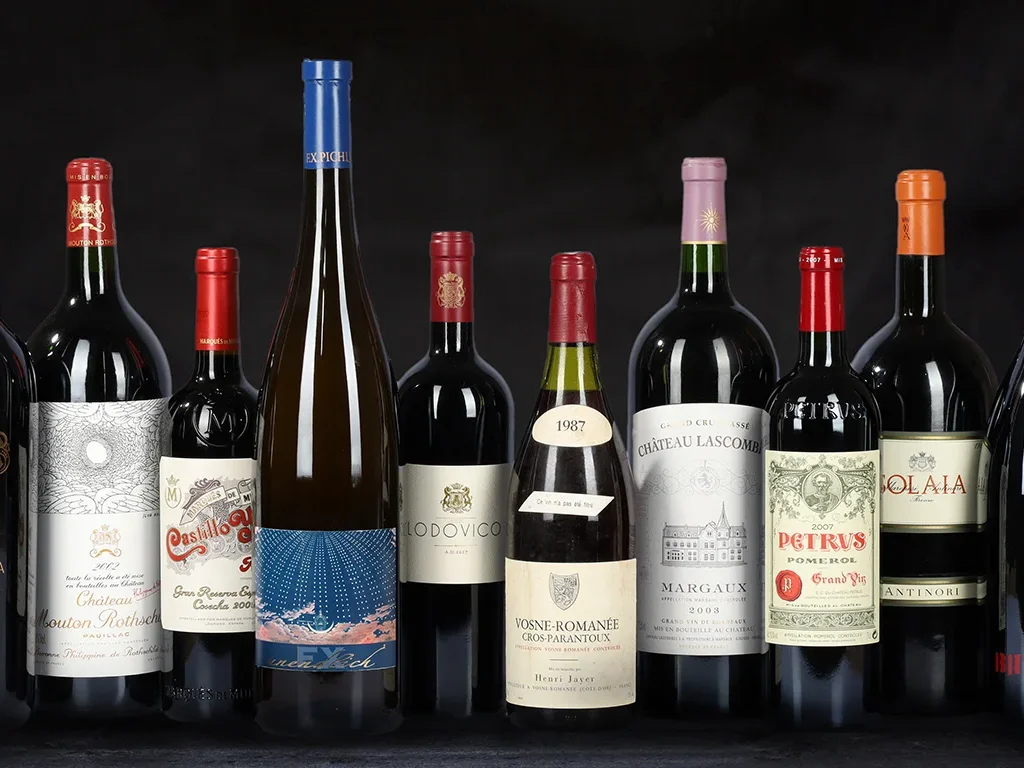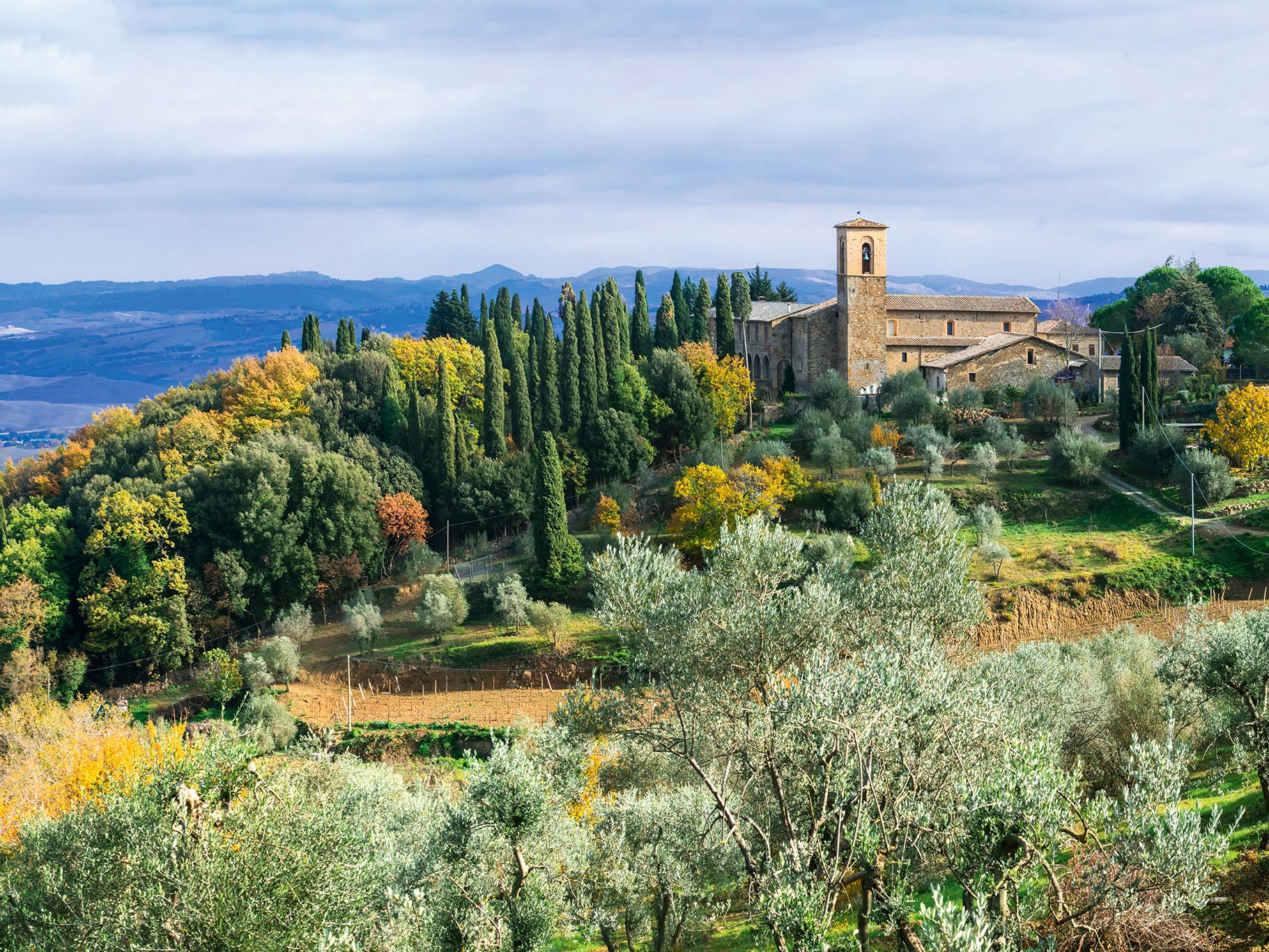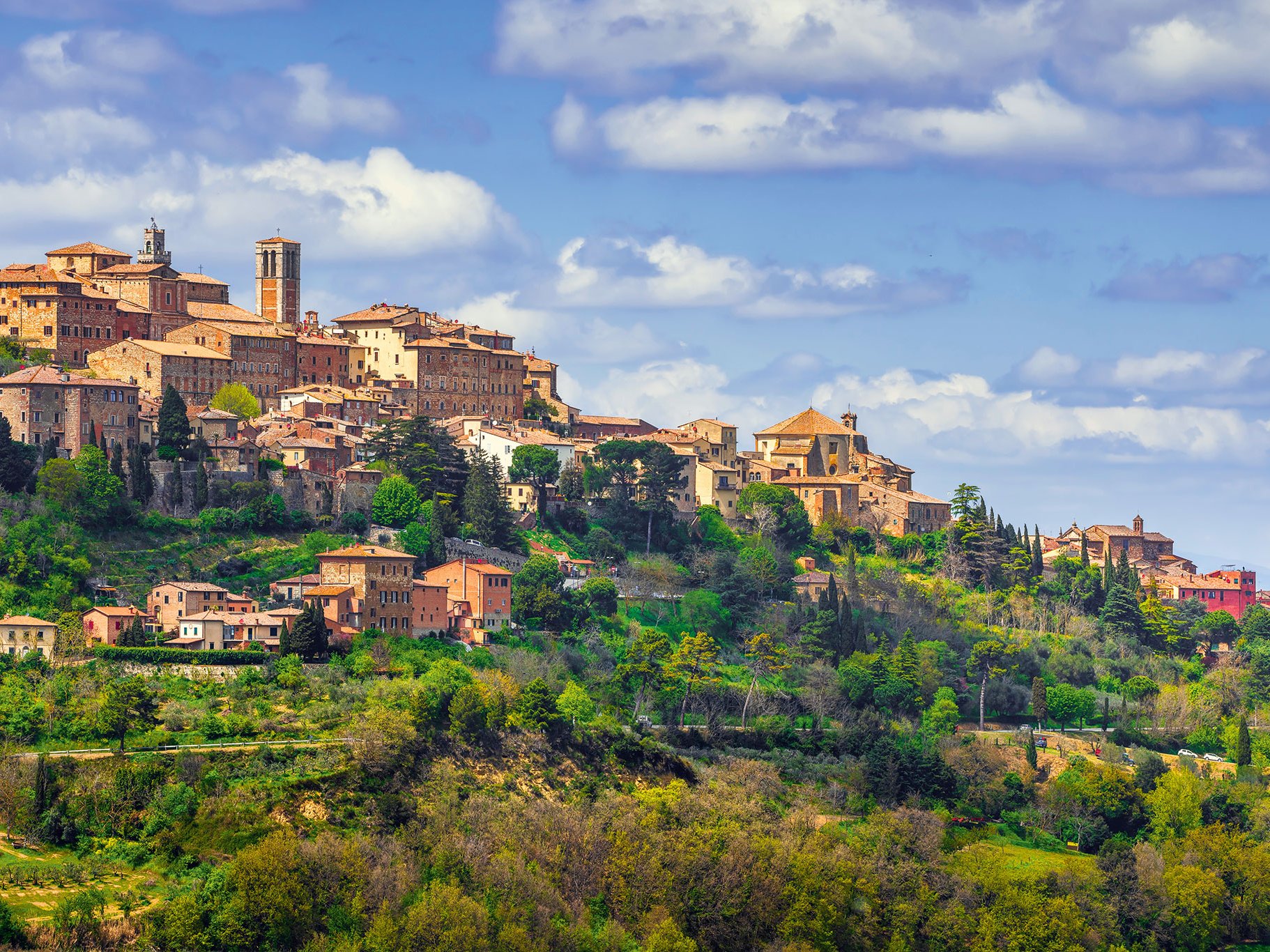Viticulture in Lebanon, which was ravaged by a long, bloody civil war in the 20th century, has a checkered history. This is probably one of the oldest wine-growing regions. The ancient Roman temple of Bacchus, god of wine, in the city of Baalbek in the Bekaa Valley is modern compared to the 7,000 years of literally biblical viticultural history. It was the enterprising Phoenicians who brought Lebanese viticulture to the world stage through their network of trade routes that stretched all the way across the Mediterranean from North Africa to the Iberian Peninsular. Today the Lebanese wine trade is indebted to one man, Serge Hochar, of Chateau Musar who somehow continued to produce and export his world-class wines throughout the 20 years of civil war. Today, Lebanon's vineyard area is about 27,000 hectares, but barely 3,000 hectares are reserved for viticulture, the rest being used for growing raisins or making raki. The centre of Lebanon's viticulture is located high up in the Bekaa Valley (up to 1,200 metres), where cool nights and little precipitation allow for a long ripening period. Harvesting usually takes place between mid and late September. It was France that re-ignited viticulture in this ancient land, after an almost 350 year gap, when Jesuit monks founded Chateau Ksara in 1857, planting the Cinsault vines they had brought with them. French varieties such as Chardonnay, Cabernet Sauvignon, Carignan, Cinsault, Syrah, Mourvedre, Grenache and Pinot Noir still dominate the wine scene today.
